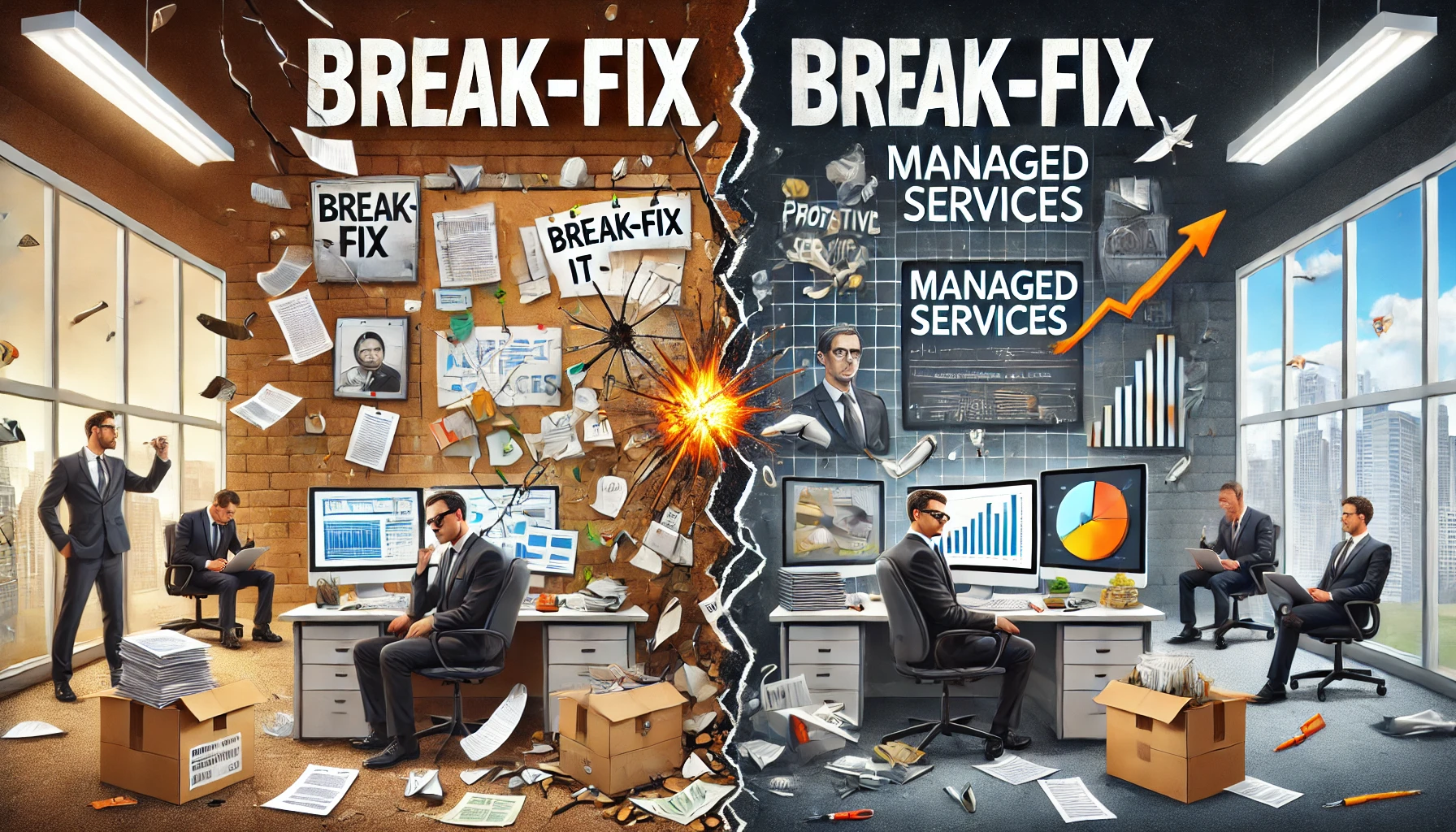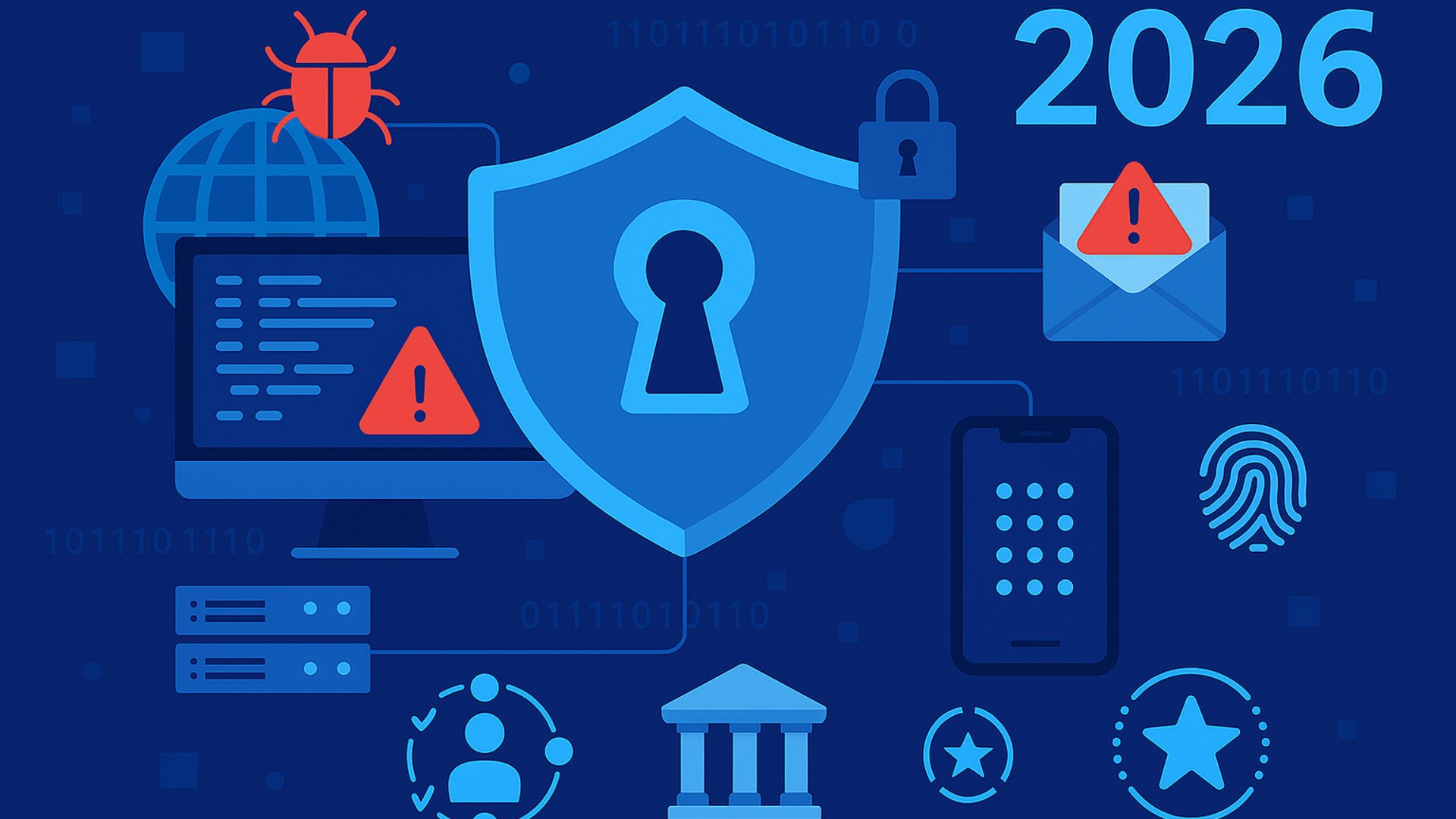MSPs are rock solid when it comes to helping clients plan for disaster. You build backups, failovers, restore procedures, and incident workflows into your service stack like clockwork. But here’s a question that often gets left out of the conversation: What happens when the disaster is yours?
Whether it’s a ransomware attack on your RMM tool, a power outage at your office, or your help desk going dark due to a staffing emergency, your business is just as vulnerable as the clients you protect. If your own internal BCDR (business continuity and disaster recovery) plan is flimsy, you likely will struggle to deliver on the promises you’ve made to clients.

Ryan Weeks
“MSPs and SMBs cannot prevent a breach from happening, but they can be prepared with a cybersecurity program and robust capabilities for business continuity,” shared cybersecurity executive Ryan Weeks in a previous interview. “In a world where cyberattacks are often heard and reported in retrospect, organizations need to not only embrace cyber resilience, but ensure they have a pathway to get there by protecting each line of defense from the first to the last.”
This guide can help you craft a BCDR plan that protects your clients as well as your own operations. This is important because if your systems go down, everyone feels it.
Start by Defining ‘Disaster’ for Your MSP
You can’t plan for what you haven’t defined. For your MSP, disaster might mean:
- A ransomware attack targeting your own systems or management tools
- Extended outage of your PSA, RMM, or key internal platforms
- A cybersecurity breach affecting sensitive client data
- Natural disasters that take your office or datacenter offline
- Loss of multiple staff (e.g., flu season, sudden resignations)
- Vendor outages that cascade into service failures for clients
Map these out and rank them based on likelihood and impact. This will shape the rest of your planning. Don’t forget to plan for what to do in the critical first five minutes of a crisis.
Prioritize Internal System Recovery
Your PSA, RMM, documentation platform, email, and authentication systems are your command center. If those go down, you lose visibility, responsiveness, and trust. Establish RTOs (recovery time objectives) for internal systems and treat them with the same seriousness as your client-facing platforms. Know how quickly you can restore:
- Ticketing and client communications
- Internal documentation, including passwords, SOPs, and escalation paths
- Backup access and verification tools
- Monitoring and alerting systems
If you outsource any of these tools, make sure your vendors provide clear disaster recovery documentation and SLAs — and that you read them.
Build a Human Continuity Plan
It’s not just about servers. People are part of your business continuity equation. What happens if your help desk manager is suddenly out for a week? What will you do if your most experienced tech leaves without notice?
Your BCDR plan should address:
- Cross-training and SOPs for key roles
- Remote access and work-from-home readiness
- Escalation paths and leadership backups
- A clear communication plan to keep staff and clients informed during emergencies
Additionally, consider external partners for short-term capacity, like white-label help desks or fractional vCIO services.
Document How to Serve Clients When You’re Affected
Here’s where many MSPs stumble. They assume that they can’t serve clients during a crisis but they have no plan for what “limited operations” looks like.
Instead of trying to keep everything running at 100%, define a minimal viable service model. Determine the following:
- Which services are “must maintain” (e.g., security monitoring, ticket triage)?
- What’s your workaround if your PSA or phone system is offline?
- How will you alert clients about a service-impacting event?
You can’t guarantee perfection. You can, however, set expectations, keep communication flowing, and let your clients know you’re still steering the ship.
Include Legal, Insurance, and Reputation Protection
When something big goes wrong internally, the fallout can go beyond IT.
Make sure your BCDR plan includes:
- Insurance policy details (cyber, E&O, general liability)
- Who to notify (insurance, clients, legal counsel) and when
- Templates for internal and external communications
- Steps for preserving evidence in case of forensic investigation

Bradley Gross
“The sooner an MSP can have a conversation about what happened, how they can help mitigate it, and what steps can be taken in the future to avoid it, the better off that MSP will be,” warned Florida attorney Bradley Gross, who specializes in business technology law while discussing best practices around limiting cyber liability.
A misstep in your response can lead to breached contracts or even legal exposure. Planning ahead reduces that risk.
Practice What You Preach: Run Internal BCDR Drills
You probably recommend client BCDR tests, right? Well, eat your own dog food. Run internal tabletop exercises every six months. Simulate:
- A full RMM outage
- A key employee’s sudden absence
- Loss of your office for a week
- A vendor-side data breach
See where your plan holds up and where it needs tuning. After all, it’s better to sweat now than panic later.
Your BCDR Plan Is a Promise
Clients trust you to stay operational even when chaos hits. If your MSP doesn’t have a solid internal BCDR plan, you’re gambling with client loyalty and your reputation.
Remember, it’s not about eliminating every risk. Show your clients and your team that when the pressure’s on, you’ve got a plan to take care of your own house first. That way, you are in a stronger position to take care of theirs.
Next Steps
- Want more helpful guidance? Check out our Compliance and Regulations Answer Center.
- Have a question for our experts? Send it to editors@channelpronetwork.com
ChannelPro has created this resource to help busy MSPs streamline their decision-making process. This resource offers a starting point for evaluating key business choices, saving time and providing clarity. While this resource is designed to guide you through important considerations, we encourage you to seek more references and professional advice to ensure fully informed decisions.
This article was updated on 9/23/2025.
Image credit: DALL-E














